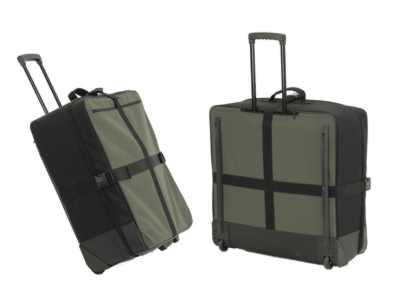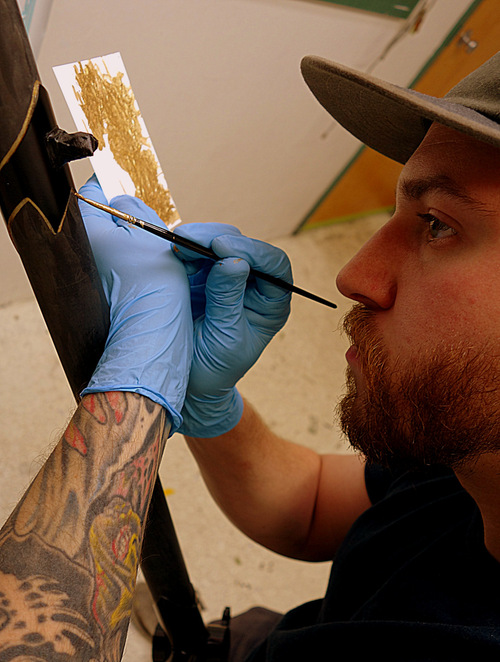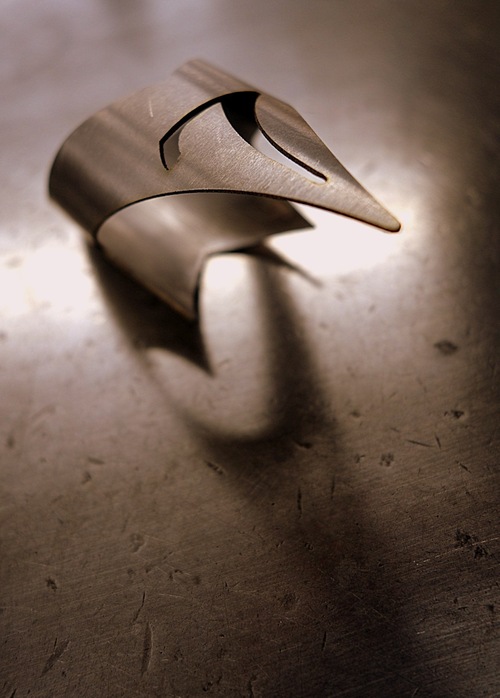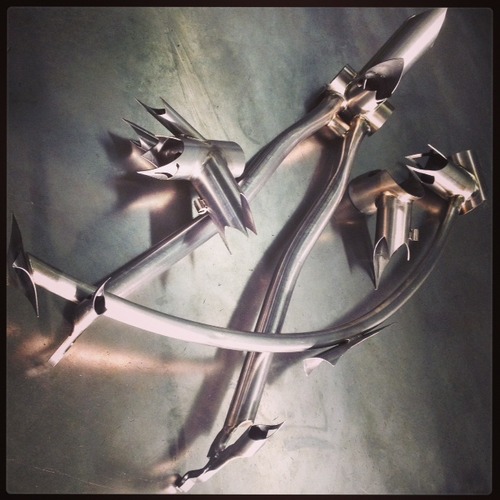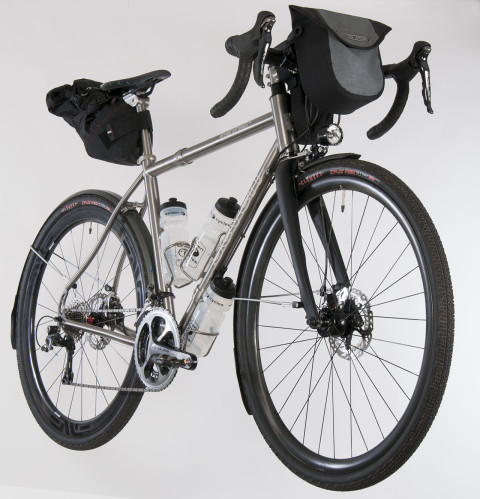Spread out in the corner of the baggage claim, the challenge of bike assembly is never more apparent. Hundreds of eyes watch as you unzip the case to see how your bike fared in transit. “What is it?” travelers ask as they see what looks to be a bike in ruins. Your case, small enough to avoid the airline’s bike fees of up to $400 round trip, is just big enough to hold your S&S coupled Seven after some minor disassembly. Just hours ago, and in the calm of your workshop, you packed the bike like a three dimensional jig saw puzzle. But now, in the wide open airport, curious eyes upon you, building your bike back up is all that stands in the way of you and your adventure.
How long will it take?
One of the main objectives of our collaboration with Patrick Brady, founder of Red Kite Prayer, is to create a bike that is as fast to break down and build up, without sacrificing performance, as possible. There are three main facets, other than the pressure of people watching, that can affect the speed of breaking down and building up of a coupled bike:
- Case: Not only do cases come in different sizes, but they also come in different materials. We’ll discuss the pros and cons of each.
- Frame and Fork: The size and shape of the frame and fork can simplify packing. By designing your frame to fit you, and a travel case, Seven can ensure the best fit, on both fronts.
- Components: Cables, brakes, bars, and a variety of other components will have to be removed or adjusted before the bike can be packed into a case. Selecting parts based on ease of installation can save hours. We’ll discuss components that have proven to be quick to assemble, and a snap to adjust.
Let’s look at the easiest of decisions first, the case. In determining which case to get, we look at a variety of topics, including bike protection, ease of packing, ease of toting, and how easy the case is to manage after the bike is removed. There are three styles to choose from:
- Hard cases: The most durable option, hard cases do the very best job of protecting your bike. S&S Machining, the same folks who make the couplers for our travel frames, offers hard cases that have a handle on the edge or on the side, that come with two wheels or four, and an array of other options. Many of these options are useful, but especially for transporting the cumbersome case in and out of the airport. Another unforeseen benefit is that they tend to stay a little cleaner than the soft cases. The only drawbacks to the hard cases are that they are heavier, more expensive, and more difficult to pack. The walls of the hard cases are, well, hard and require you to be creative in order to get all of your bike’s contents in the case as they won’t give an inch.
- Soft cases: More or less just a heavy duty bag, soft cases are the lightest, most affordable, break down the smallest after use, and are easiest to pack. However, they offer very little protection for your frame, and do not keep their shape during transit, exposing your bike to just as many dangers in the bag as out. Great for packing your bike in the trunk of your car, these cases are more or less just a convenient way to tote everything together, but not a great option for airlines.
- Hybrid cases: These cases are made of rugged nylon, and have reinforced corners to give the case structure and help protect its contents. They are less expensive than the hard case, but are also less clunky. They are more expensive than the soft case, but far more rugged. One major advantage to the hybrid case is that the walls are flexible which makes packing something as oddly shaped as a bike a little easier. Dirt has a way of sticking to the nylon material so the bag loses it’s new feel after a trip or two, but really, there isn’t much to nit pick here.
Each material has it merits, but we feel the Hybrid case offers the right blend of frame protection, value, and ease of packing. We’ll address the frame and fork, as well as component options soon.
As always, if you have any questions about travel bikes, this collaboration with Patrick Brady, or anything else for that matter, feel free to call us at 617-923-7774 or email us at info@sevencycles.com. Thanks for reading.


